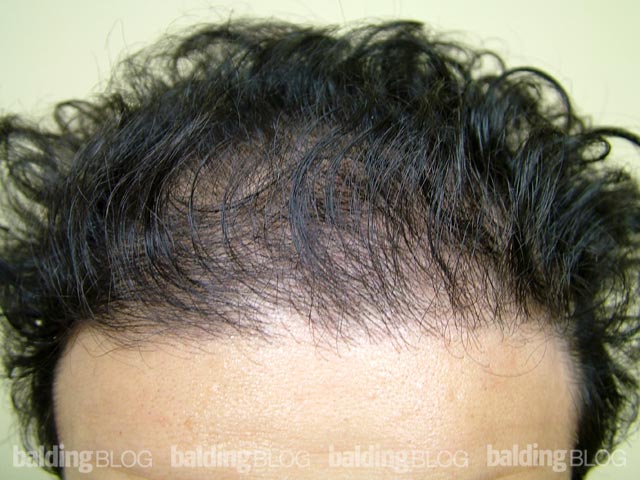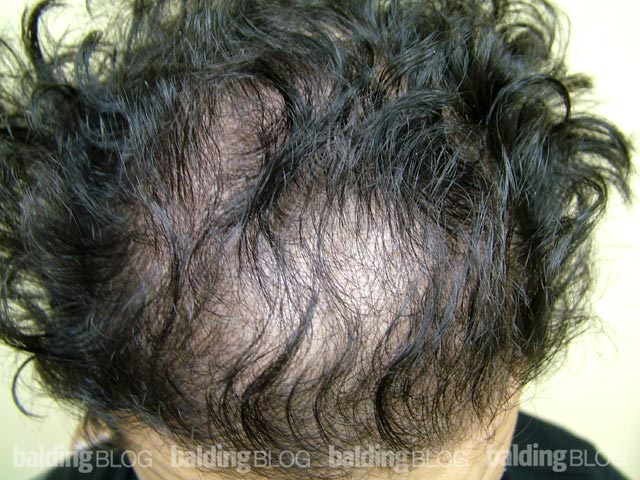 There was a movie named Network that came out over 30 years ago and contained a great line that became a very memorable quote:
There was a movie named Network that came out over 30 years ago and contained a great line that became a very memorable quote:
“I’m mad as hell, and I’m not going to take this anymore!”
Well, this line came to mind and I want to tell you, my readership, how mad I am and why. Unfortunately, I can not directly act on what is making me mad, except by speaking my mind through this blog. There is a new scam going on in the hair transplant industry, which plays off uninformed patients who come to visit a doctor for hair restoration surgery and who want to rightfully trust that doctor. The scam is simply to get a young man or woman to trust in the doctor through skilled sales and presentation skills, and then when they make up their mind to have a hair restoration procedure, they get what they would not have expected.
The fee structures in the hair transplant industry is based upon a fee per delivered graft. Usually, the prices run all over the place. I have seen three people in the past week alone who received over 2800 grafts, supposedly in their ‘balding’ area. They get poor densities transplanted into the balding area and many more grafts are placed into normal hair. One of the three patients was sold 3300 grafts at $4/graft, and I calculated that he could have never gotten that many grafts because the density of his donor area and the tightness of his scalp would never have allowed that number. Add to that was that my examination only saw about 400 grafts that grew and I suspect that the patient was swindled. Worse than the financial loss, was that valuable donor hair was lost and damage was inflicted in the recipient areas that were transplanted.
I am certain that this scam is being perpetuated all across the world, as I have seen patients coming to visit me from throughout the United States and Europe. All I am addressing here is the intent to defraud. I am not addressing the second class work performed by doctors who try to deliver first class work.
What can you do to protect yourself? The answer to this question is to do careful research. Read the blog entry Patient’s Guide — How Many Grafts Will I Need?, which teaches you how to determine the number of grafts for a given balding area. When I wrote this piece, I did so to explain the economics of hair distribution to arm those prospective patients with enough information to be well informed about the pending purchase of hair transplant grafts, but now it seems that doctors are reacting to the competitive challenge by dropping the price per graft and raising the numbers, many time a multiple of what is needed. Many times the doctor does not even transplant the numbers he/she commits to (I believe this is less common, because their staffs would see that). If you understand the process of calculating the number of grafts, you will be able to determine for yourself how many transplanted grafts you need, so if you (for example) calculate 1000 graft needed and the doctor recommends 3000 grafts, then you know that the doctor is in for the ‘SCAM’. Never forget (that like any service business, even a doctor’s cosmetic surgery activities) that it is a Buyer Beware business.
There is nothing that I can do except to vent here on my blog. I am appalled at the behavior of this group of scum doctors, for they are not only crooks, but they dishonor the good doctors who are in the hair restoration field. If I come out publicly and identify the doctors who I am certain are involved in this scam, I will be open to legal actions by those involved. The medical board has no power to deal with it, as the decisions on what to do falls outside their domain and the doctors would withdraw into the practice of medicine. The only place where these doctors can get attacked is in the courts on a malpractice action. I can play a role as an expert witness to those that wish to take action and would offer my services to the victims of these crimes and their lawyers.





 There was a movie named Network that came out over 30 years ago and contained a great line that became a very memorable quote:
There was a movie named Network that came out over 30 years ago and contained a great line that became a very memorable quote:  It is possible that the microscopic scars at the level of the recipient graft is influencing the direction of hair growth and the character of the hair. Also, I have seen some changes in the texture of the hair shaft after a hair transplant which often (when it happens) corrects after one hair cycle (approximately 3 years). Also, many people have reported that the recipient area is more wavy than it was originally which might be the manifestation of what I just discussed. It could be that the hair was just thicker and healthier, so what you could be observing is just the normal hair (not the miniaturized hair that was normally in the front which is finer and may have a very poor character). Rarely, transplanted hair can become kinky, but I only recall having seeing this a couple of times. The use of gels, mousses, and good conditioners will help you gain control over this new hair — just experiment and find out what works for you.
It is possible that the microscopic scars at the level of the recipient graft is influencing the direction of hair growth and the character of the hair. Also, I have seen some changes in the texture of the hair shaft after a hair transplant which often (when it happens) corrects after one hair cycle (approximately 3 years). Also, many people have reported that the recipient area is more wavy than it was originally which might be the manifestation of what I just discussed. It could be that the hair was just thicker and healthier, so what you could be observing is just the normal hair (not the miniaturized hair that was normally in the front which is finer and may have a very poor character). Rarely, transplanted hair can become kinky, but I only recall having seeing this a couple of times. The use of gels, mousses, and good conditioners will help you gain control over this new hair — just experiment and find out what works for you.